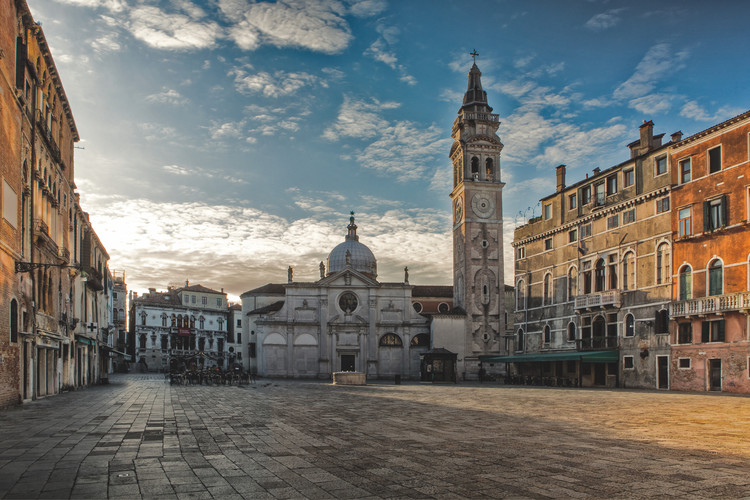
Dream of Venice Architecture, the second in a series by Bella Figura Publications, has brought together a collection of contemporary architects and architectural writers to share their personal experiences of La Serenissima: the great Italian city of Venice. "Water runs through her veins," Editor JoAnn Locktov writes. "Bridges, palaces, churches – every structure is a testament to the resiliency of imagination."

What can we learn from a city that is over 1,500 years old? How does her immutable reality challenge our own sense of urban living? Venice was built where no land ever existed.














